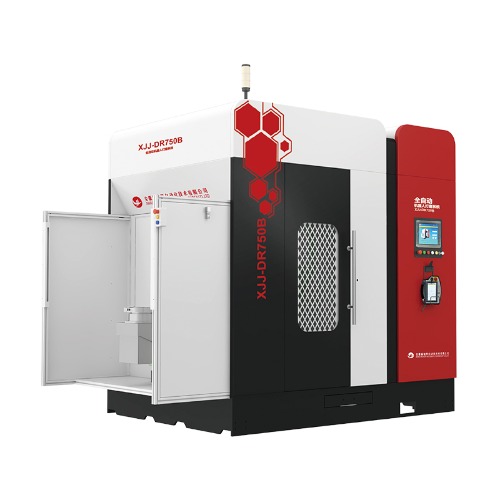Breaking Through Cast Iron Grinding Challenges: Neview Automatic Empowers Automotive Parts Manufacturer to Achieve Efficiency Leap
Amidst the transformation wave in the foundry industry, automating the post-processing of cast iron components has become a critical breakthrough for enhancing competitiveness. Neview Automatic, leveraging its deep technical expertise in intelligent equipment for the back-end of foundry processes, provides customized grinding solutions to numerous industry leaders. The following case study details how Neview Automatic’s cast iron product line solved common industry challenges using a project for grinding cast iron brake discs for a renowned automotive parts manufacturer (hereafter referred to as "the Customer").
I. Customer Background & Pain Points: The Efficiency Bottleneck of Traditional Grinding
As a leading domestic supplier of automotive braking systems, the Customer produces over 5 million cast iron brake discs annually. Their original production line utilized a "manual + simple machinery" grinding model, exposing three core pain points:
Low Efficiency: Single-station daily output was only 800 pieces. Manual grinding involved high labor intensity, requiring 120 workers during peak seasons while still struggling to meet delivery demands.
Unstable Precision: Burr retention rate reached 15%, and dimensional tolerance fluctuations exceeded ±0.3mm, leading to persistently high assembly defect rates downstream.
Significant Safety Hazards: Open grinding environments resulted in dust concentrations exceeding limits by 3 times, with an annual workplace injury rate of 8%, alongside significant environmental compliance pressure.
After evaluating multiple equipment suppliers, the Customer ultimately selected Neview Automatic's cast iron series DR-750B grinding equipment. Its 200kg payload capacity and ±0.02mm repeat positioning accuracy were the key advantages that won the Customer over.
II. Technological Breakthrough: 8-Axis Coordination Redefines Cast Iron Grinding Standards
Neview Automatic's customized solution for the Customer centered on the DR-750B single-arm, dual-station equipment, integrating three innovative technologies:
(1) Ultra-High Rigidity Structural Design
The equipment employs a robust, short-arm mechanical structure and an integrated base. Testing confirmed it withstands grinding forces exceeding 165kg, offering rigidity equivalent to traditional 400kg-class robots, completely solving the challenge of cutting large sprue/riser remnants. Dual-spindle configuration enables "rough grinding + fine grinding" in a single pass, increasing single-station daily output to 2,400 pieces – a 300% efficiency gain over the original process.
(2) AI Intelligent Compensation System
Displacement sensors detect workpiece variations in real-time. The backend system automatically corrects the grinding path, achieving ±1.5mm adaptability to casting dimensional variations. Taking the brake disc flange surface grinding as an example, the proportion requiring manual secondary rework dropped from 15% to below 3%.
(3) Flexible Contour-Adaptive Technology
Addressing the brake disc edge's susceptibility to deformation, the equipment utilizes triple closed-loop control (current loop, position loop, torque loop) to achieve adjustable contour-following pressure ranging from 0.1-5N. This prevents dimensional deviations caused by over-grinding, boosting product qualification rates from 82% to 99.2%.

III. Implementation Results: From Single-Machine Upgrade to Full-Line Intelligence
The project was implemented in two phases. Phase 1 deployed 8 DR-750B units alongside an automated feeding line. Phase 2 introduced an AI sorting and handling system, achieving complete unmanned production flow:
Capacity & Cost: Single-line daily output increased to 12,000 pieces. Labor costs reduced by 75%, achieving annual energy savings of 1.2 million RMB.
Precision & Quality: Dimensional tolerances are controlled within ±0.05mm. Burr retention rate is <0.5%. The line successfully passed the Customer's OEM IATF 16949 certification audit.
Safety & Environment: A fully sealed protective structure combined with a centralized dust collection system reduced workshop dust concentration to 8mg/m³, meeting national standards.
The Customer's Technical Director commented: "The rigidity and intelligent compensation technology of Neview Automatic's *equipment have completely resolved challenges we struggled with for years. Crucially, changeover time was reduced from 4 hours to just 30 minutes, significantly enhancing our flexibility to handle high-mix, low-volume orders."*